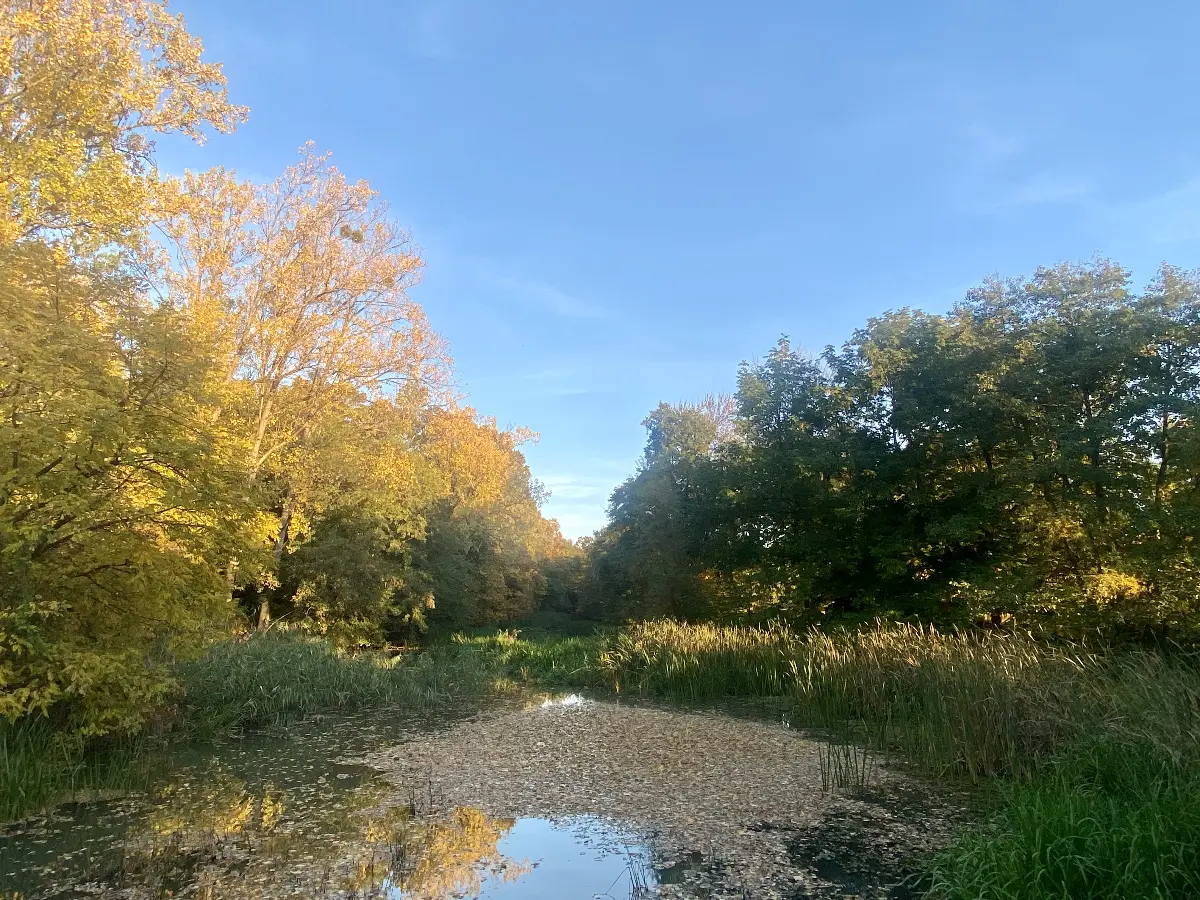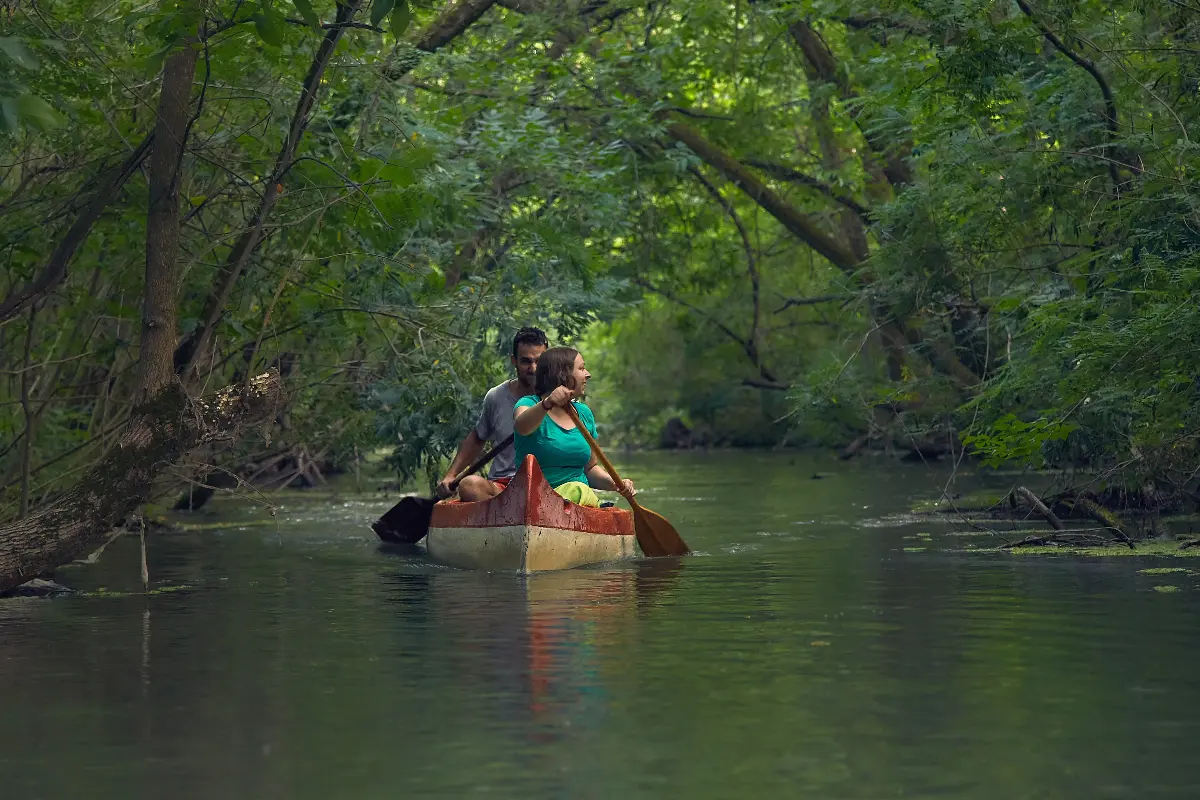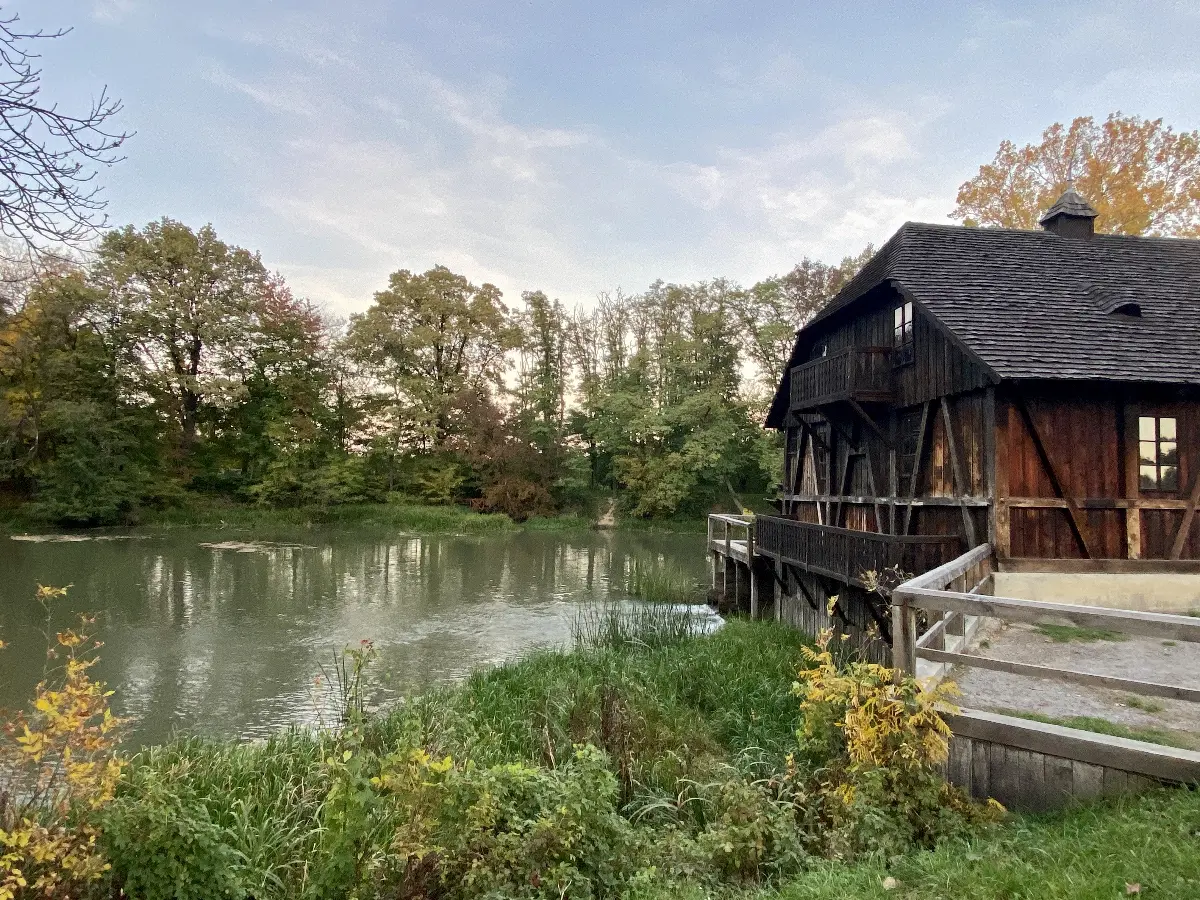
Helyszín címkék:
On water and on dry land: Life in the mills of Szatmár-Berec County
Méhész Zsuzsa
Károly Pogány and the miller’s drop
Today the water mill in Túristvándi is hosted by Károly Pogány. He knows all about the mill and the miller’s profession, and is happy to explain the history and workings of the mill to curious visitors. Although the mill would still be able to grind today, it is only started up in May, during the International Millers’ Meetings, which are held on the feast of St. John of Nepomuk, the patron saint of water millers. The building took its present form in the time of Maria Theresa, in the middle of the 18th century, but the mention of mills in the area dates back much earlier: the first mill in the settlement was mentioned in the Middle Ages, with the date 1181. Later on, its name appears in the documents of the lords of the area, the Kölcsey-Kende family. No wonder, as this area is still agricultural land, with vast arable lands, cereal fields and pastures. There were once many places where grain, corn and everything else that the land provided was milled here. Nowadays, only a few rumour-mongers remain to remind us of the tradition and way of life of the past.
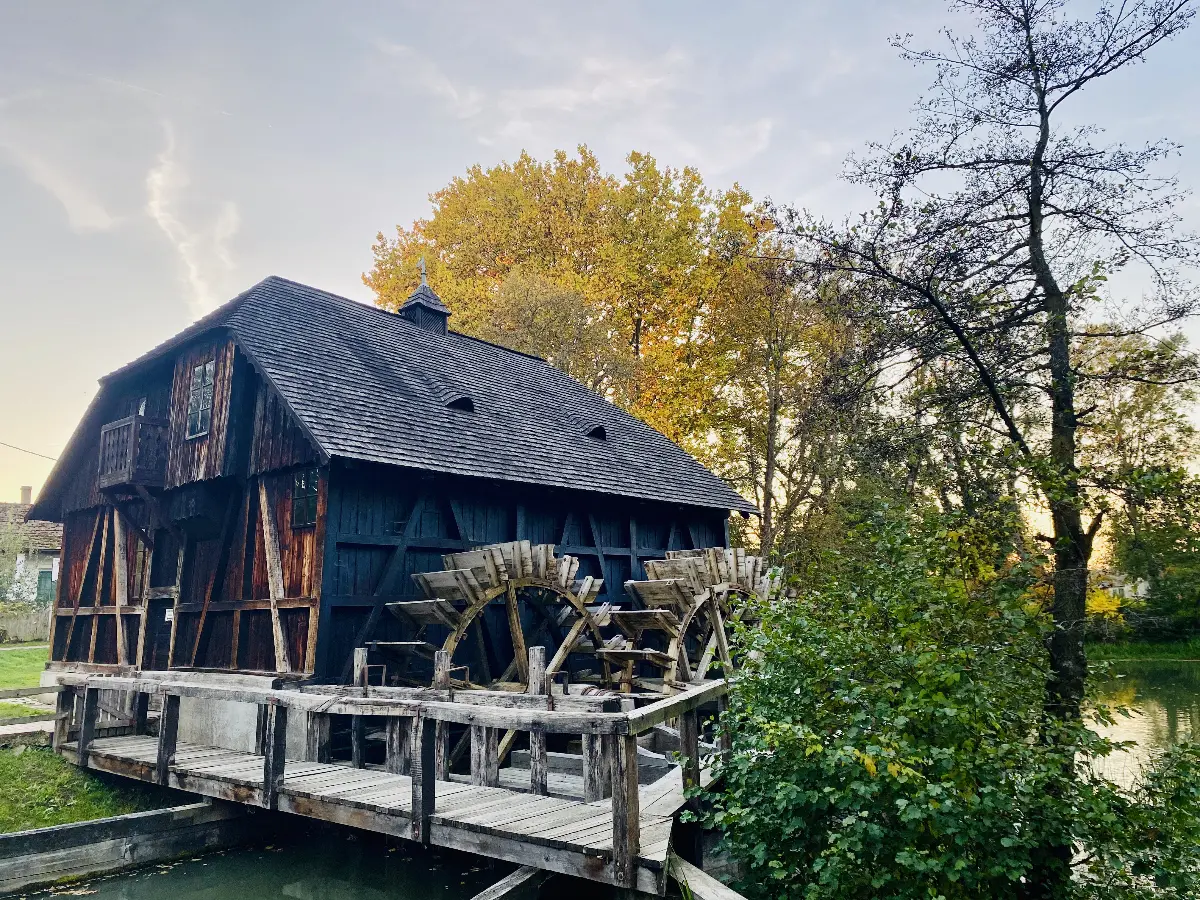
An industrial monument like the Túristvándi water mill is a rarity, not only in Hungary but all over Europe.
Behind a huge, ancient plane tree, the river and the wooden building above it are worth a closer look, and not just for the beauty of the old, mature, dark brown planks. You don’t often come across such masterly carpentry. There is a sign on the door: the mill is supposed to be open all year round, but it is advisable to call the number in advance, and Károly arrives with the key, also by his historic blue Simson. He explains enthusiastically, showing the sieves, the opening into which the remains of the grinding have been swept, much to the delight of the Old Túr fish. He lifts the incredibly heavy rollers, because here the grain was not ground by stones but by metal rollers, and the mill could grind ten tonnes at a time, which became flour after five hours. The farmer could not take all of it home: the final result was weighed on the scales on the ground floor, and the “baron’s share”, i.e. ten percent, was taken as a labour charge. Károly tells a delightful story, and for the pleasure of particularly attentive listeners, the ‘Molnárcsepp’ (miller’s drop), or plum brandy from Szatmár, hidden in his drawer, may be revealed, too.
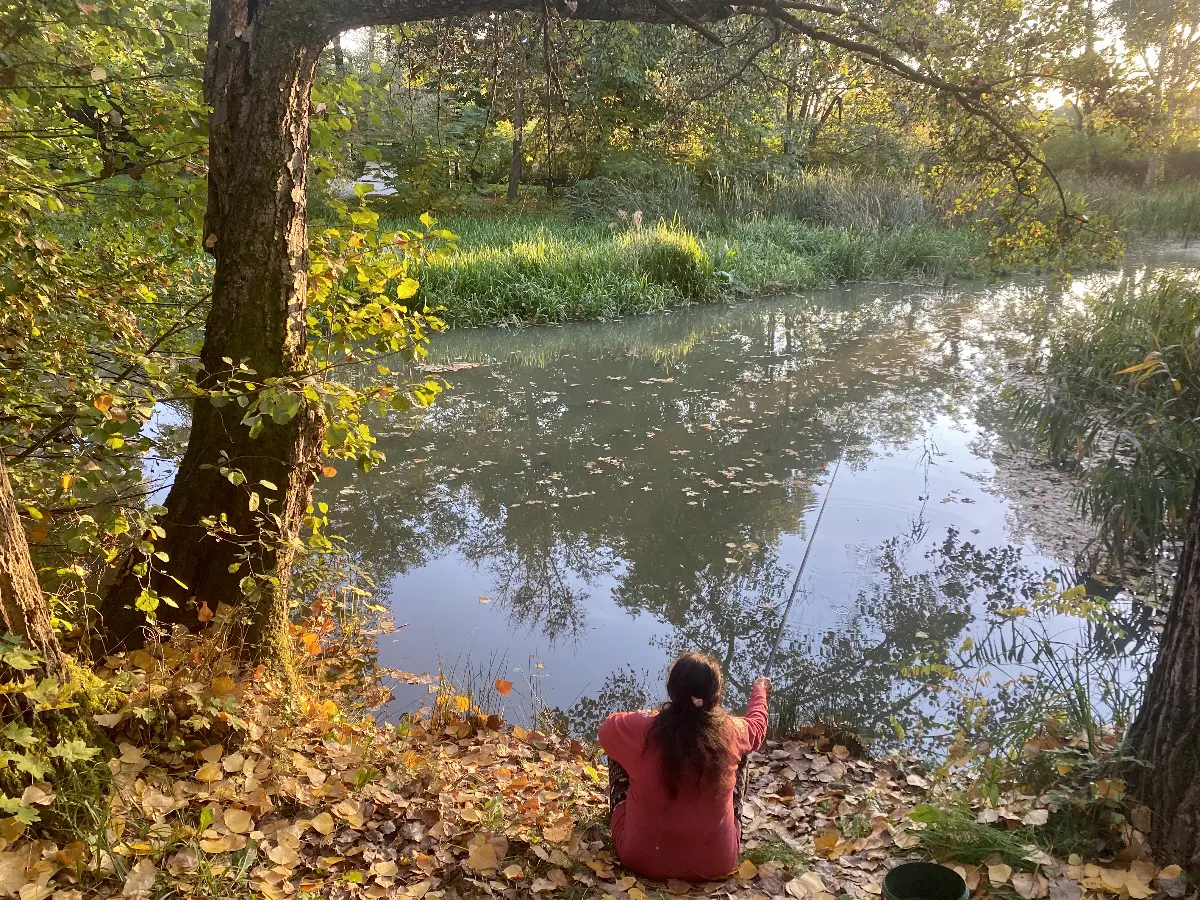
The upper floor of the building is decorated with a balcony, the roof is traditional and covered with wood shingles. The river and the mill on it are a touch of idyll: a charming sight in all seasons. Although flour is already bought in the shop, it is worth a visit to the inn behind the mill, where they also occasionally bake oven-baked bread, cobbler-type cakes and other traditional delicacies. The river itself is also particularly beautiful: if you don’t have time for a day-long water trip, you can rent a canoe for an hour or two at the nearby Water Mill Campsite.
The forests of Tarpa and the carpenters of Tarpa, famous far and wide
Szatmár-Bereg County is still rich in water, but it was much more so before the rivers were regulated. Around Tarpa there was a huge oak forest, impenetrable even in the daytime because of the dense foliage. It is no coincidence that the carpenters of Tarpa were renowned for their craftsmanship. Small carpentry products were transported to the fair in Szalka on carts, while on the spot, masterly taps, carvings, shingle roofs and the characteristic “kissing gates” advertised their skills. The old farmhouses were surrounded by not very high plank fences, only the entrance, the gate, was higher, with a carved post and shingle roof. The lad who accompanied the girl home was able to steal a kiss here without being noticed by the housekeepers inside – hence the name. Although there are also rivers in the Tarpa area, the Kuruc population of the village built a dry mill in the 19th century. Every village in the area had at least one dry mill – even if there was a water mill operated in the village. There were six dry mills in Tarpa, but now there is only one; the Tokaji dry mill. The building is not necessarily striking at first sight, but it is worth stopping by: today it is the only remaining dry mill in the Northern region beyond the River Tisza.
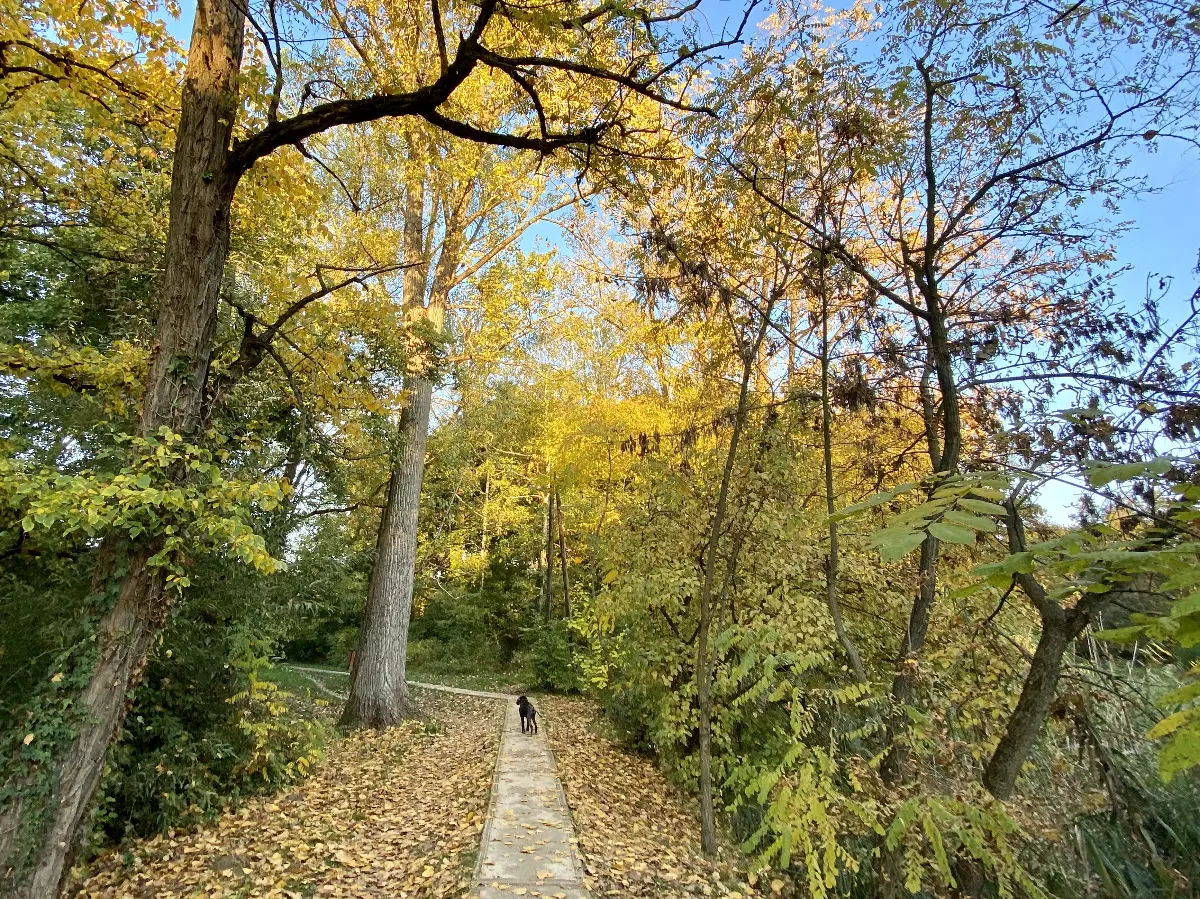
Mill house, walking shed
The building is entirely made of wood, and the milling was done in the mill house. Grain was once transported here in wagons, from which the animals were led out and tied to the huge wheels of the walking shed: they went round and round, their power moving the millstones. Twelve large oak poles hold up the tent-shaped roof of the cloister, reminding us of the former oak forests of Tarpa. One round was completed in under a minute by the work horses or oxen, usually applied in pairs. The mill at Tarpa was also called the “horse-skinner", as the animals could not have been comfortable with the workload, especially as they even had to carry the flour home after the milling was finished.
The dry mill ceased to operate in the 1930’s, but the building was not deserted: balls and weddings were held under the shingles – and there was also a cinema operated. The equipment was removed, the ruined, rotten shingles were covered with tin roofing, and the space between the cloister columns was walled in. It was in the eighties that professional salvage work started. The restored mill, which can be admired in its original beauty, resumed grinding wheat flour in December 1981. The mill is still in operation today, but it is only used for grinding as a museum, as continuous grinding would not have been economically viable in the days of industrial mills.

